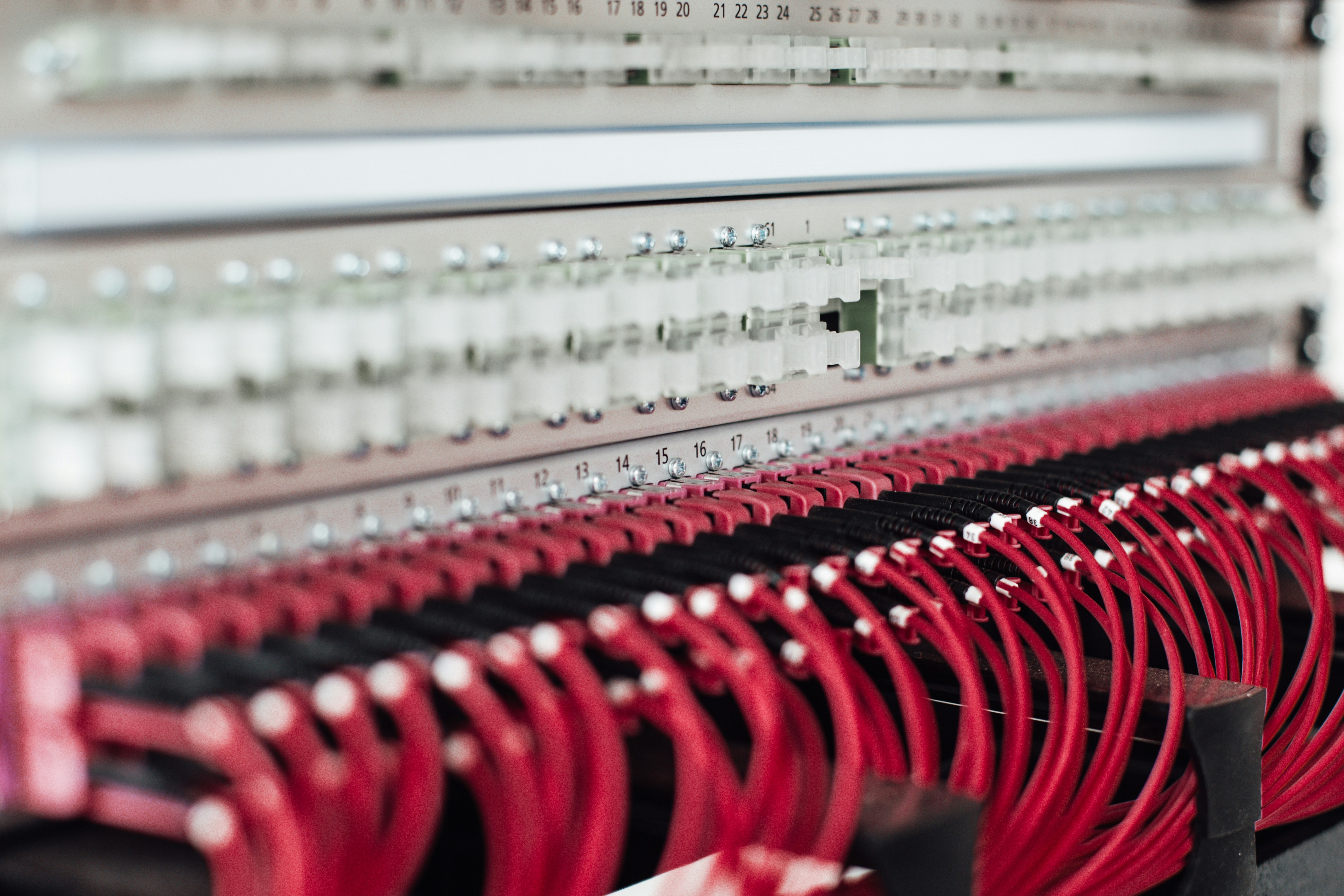Continuous Learning Systems: When AI Models Evolve Like Living Code
2025-04-20

Traditional machine learning workflows often treat model deployment as the finish line. You train your model, evaluate its performance, and if it meets your criteria, you ship it. But what happens when the world changes and your model's performance starts to degrade? In most cases, you'd need to collect new data, retrain from scratch, and redeploy—a costly and time-consuming process. Continuous learning systems are changing this paradigm by enabling AI models to evolve and improve over time, much like how modern software development has embraced continuous integration and deployment. Let's explore how this approach is reshaping the AI development landscape.
The Static Model Problem
Traditional machine learning models suffer from a fundamental limitation: once deployed, they become static artifacts, frozen in time. This creates several challenges:
# Traditional ML deployment workflow
def traditional_ml_pipeline():
data = collect_historical_data()
model = train_model(data)
evaluate_model(model, test_data)
deploy_model(model)
# Model is now static until manual retrainingThis approach works well when the world is static, but real-world data distributions shift over time—a phenomenon known as concept drift. Consider an e-commerce recommendation system trained on pre-pandemic shopping behaviors that suddenly faced drastically different patterns during lockdowns. Without adaptation capabilities, its performance would plummet.
Continuous Learning Architecture
Continuous learning systems address this limitation by implementing feedback loops that allow models to adapt to changing conditions. The architecture typically includes:
- Streaming data pipelines that continuously ingest new data
- Performance monitoring to detect concept drift or model degradation
- Incremental learning algorithms that can update without full retraining
- Versioning and rollback mechanisms for safety
# Continuous learning system architecture
class ContinuousLearningSystem:
def __init__(self, initial_model):
self.current_model = initial_model
self.performance_metrics = []
self.version_history = [initial_model]
def process_new_data(self, data_batch):
# Make predictions
predictions = self.current_model.predict(data_batch.features)
# Once ground truth becomes available
if data_batch.has_labels():
# Evaluate performance
performance = evaluate(predictions, data_batch.labels)
self.performance_metrics.append(performance)
# Check if model update is needed
if self.should_update_model(performance):
# Incrementally update the model
self.current_model.update(data_batch)
self.version_history.append(self.current_model.copy())This approach enables models to evolve gradually, learning from new patterns without forgetting previously learned knowledge.
Incremental Learning Algorithms
Not all machine learning algorithms support incremental updates. Traditional batch algorithms like random forests or standard neural networks typically require retraining from scratch. However, several algorithms and techniques enable continuous learning:
Online Learning Methods
# Example of online learning with SGD
class OnlineLogisticRegression:
def __init__(self, learning_rate=0.01):
self.weights = None
self.learning_rate = learning_rate
def predict(self, x):
return 1 / (1 + np.exp(-np.dot(x, self.weights)))
def update(self, x, y):
# Single sample update
pred = self.predict(x)
gradient = x * (pred - y)
self.weights -= self.learning_rate * gradientTransfer Learning and Fine-Tuning
For deep learning models, transfer learning provides a pathway for continuous adaptation:
# Continuous fine-tuning with PyTorch
def update_model(model, new_data_loader, epochs=1):
optimizer = torch.optim.Adam(model.parameters(), lr=0.0001)
for epoch in range(epochs):
for inputs, targets in new_data_loader:
optimizer.zero_grad()
outputs = model(inputs)
loss = loss_function(outputs, targets)
loss.backward()
optimizer.step()
return modelMemory Replay Techniques
To prevent catastrophic forgetting (where new learning erases previous knowledge), memory replay techniques maintain a buffer of important past examples:
class ExperienceReplay:
def __init__(self, capacity=1000):
self.buffer = []
self.capacity = capacity
def add(self, example):
if len(self.buffer) >= self.capacity:
self.buffer.pop(0) # Remove oldest example
self.buffer.append(example)
def sample_batch(self, batch_size=32):
return random.sample(self.buffer, min(batch_size, len(self.buffer)))Monitoring and Safety Mechanisms
Continuous learning introduces new risks: what if your model learns harmful patterns or degrades unexpectedly? Robust monitoring systems are essential:
def detect_performance_drift(metrics_history, window_size=100, threshold=0.05):
"""Detect if recent performance has degraded significantly"""
if len(metrics_history) < window_size * 2:
return False
recent = np.mean(metrics_history[-window_size:])
previous = np.mean(metrics_history[-(window_size*2):-window_size])
return (previous - recent) > thresholdShadow deployments, where updated models run alongside the production model without affecting user experience, provide a safety net for validation before promotion.
Real-World Applications
Continuous learning systems are particularly valuable in dynamic environments:
- Fraud detection systems that adapt to new attack patterns
- Content recommendation engines that learn from evolving user preferences
- Natural language processing models that stay current with changing language usage
- Autonomous systems that improve from ongoing interaction with their environment
For example, a chatbot for customer service can continuously refine its responses based on user feedback:
# Simplified feedback-based continuous learning
def process_conversation(model, user_query, bot_response, user_feedback):
if user_feedback: # User provided explicit feedback
# Create training example from interaction
example = {
"query": user_query,
"response": bot_response,
"feedback_score": user_feedback
}
# Update model to improve similar future interactions
model.update_from_feedback(example)
# Log the learning event
log_model_update(example, model.version)Conclusion
Continuous learning systems represent a paradigm shift in AI development—moving from static, periodically updated models to dynamic systems that evolve alongside the data they process. This approach aligns machine learning more closely with modern software development practices, where continuous integration and deployment have become standard.
As these systems mature, we're seeing the emergence of "living models" that blur the line between training and deployment phases. The benefits are clear: more responsive AI systems, reduced maintenance costs, and improved performance over time. However, implementing continuous learning requires careful architecture design, appropriate algorithm selection, and robust monitoring systems.
For developers working at the intersection of AI and software engineering, continuous learning systems offer an exciting frontier that combines the best of both worlds—the adaptability of human learning with the scalability of software systems.
Enjoyed this article?
Subscribe to get notified when we publish more content like this.